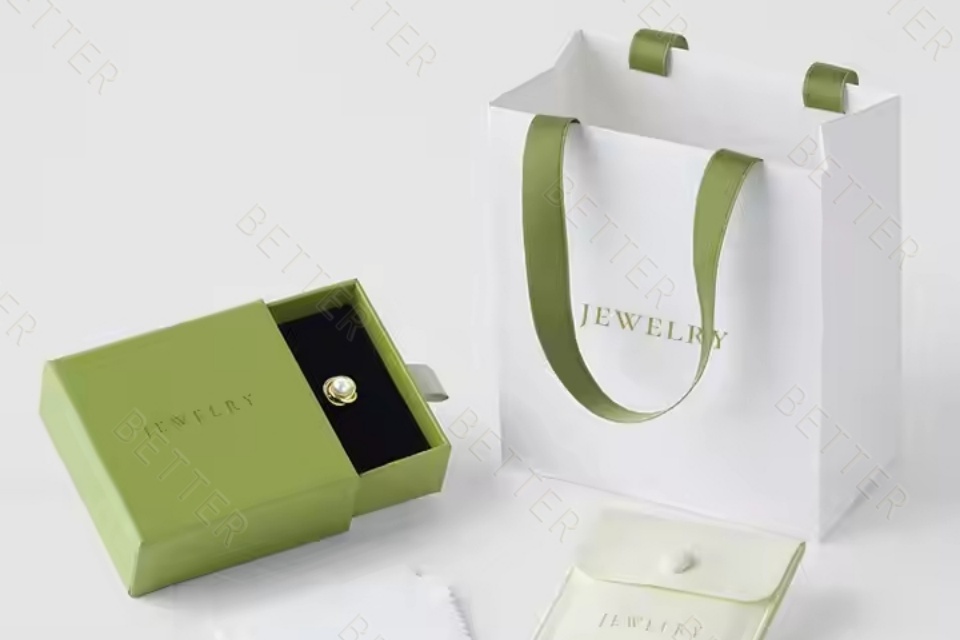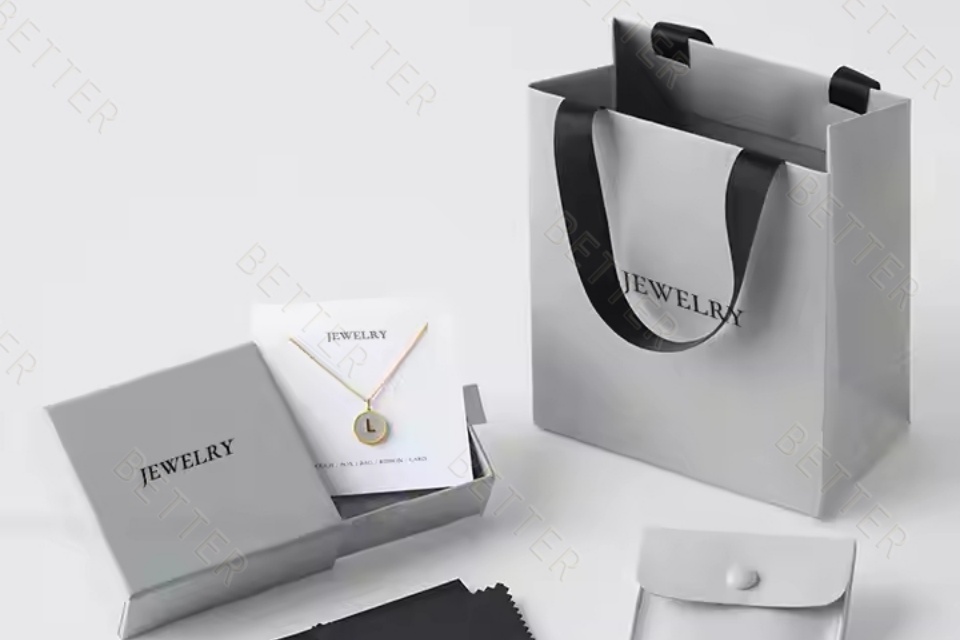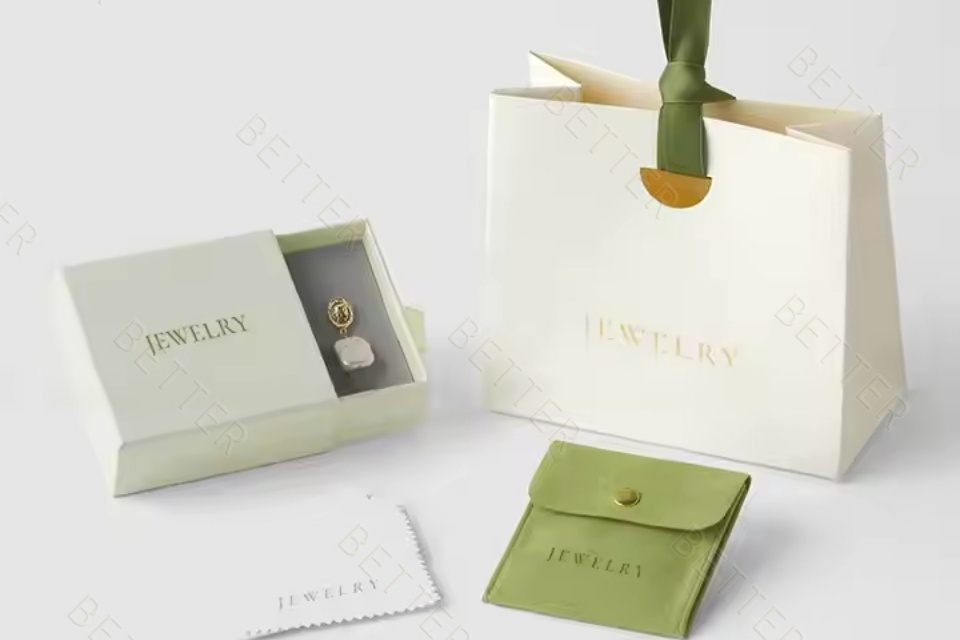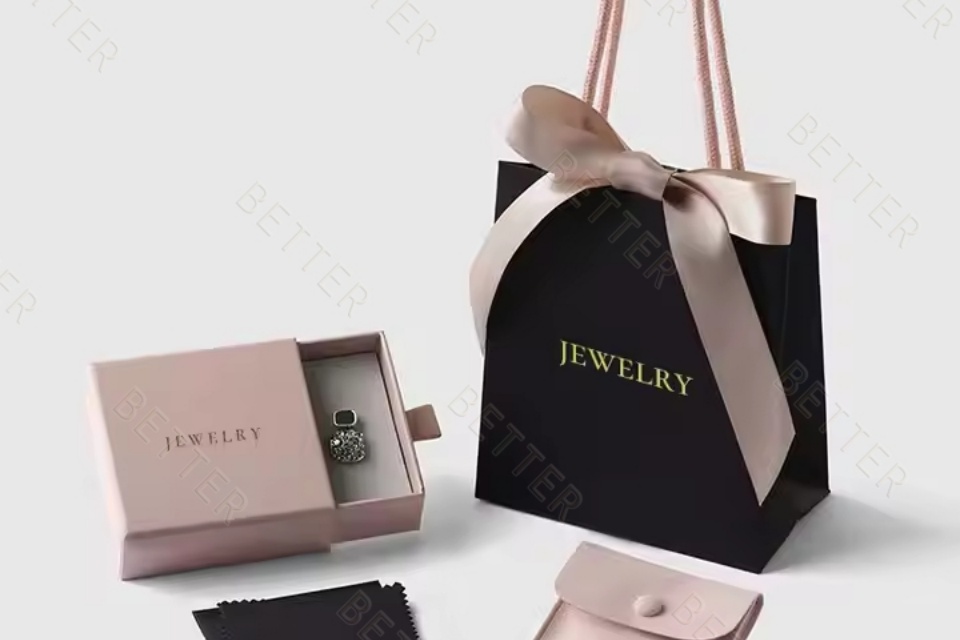Drawer Boxes vs. Lift-Off Lid Boxes
This guide compares drawer vs. lift-off lid boxes, analyzing design, function, and sustainability to help you choose the best option for your brand's needs.
Summary
Drawer boxes and lift-off lid boxes represent two prominent styles of packaging that serve distinct functions while offering unique aesthetic appeal. Drawer boxes are designed with sliding compartments that provide efficient access and organization for various items, making them a popular choice in both residential and retail settings. Their customizable designs and smooth-glide mechanisms enhance user experience and visual presentation, especially for luxury products such as cosmetics and electronics. Conversely, lift-off lid boxes feature a separate lid that offers a sophisticated opening method, often favored in gifting and high-end retail due to their elegant presentation and protective qualities.
Both packaging types have gained recognition for their versatility and ability to enhance product branding. Drawer boxes excel in functional design, allowing for easy retrieval of frequently accessed items, while lift-off lid boxes are celebrated for their stylish and premium look, making them suitable for showcasing luxury goods. Notably, businesses are increasingly focusing on customization options for both types of boxes, as tailored designs can significantly improve brand identity and consumer engagement.
Sustainability is a growing concern within the packaging industry, prompting many brands to adopt eco-friendly materials for both drawer and lift-off lid boxes. While drawer boxes may incur higher production costs due to their intricate designs, their durability and ability to elevate product value can lead to long-term benefits. In contrast, lift-off lid boxes may have lower upfront costs, but their less durable construction can result in increased returns and replacements, impacting overall profitability.
As consumer preferences shift toward personalized experiences and sustainable practices, both drawer boxes and lift-off lid boxes continue to evolve, incorporating innovative materials and design trends to meet the demands of modern retail environments. The comparative analysis of these packaging types highlights their respective strengths, allowing businesses to choose the most suitable option based on functionality, aesthetics, and environmental impact.

Drawer Boxes
Drawer boxes are versatile storage solutions that blend functionality with style, making them an essential component of furniture that includes drawers for organizing items. These boxes serve as containers to hold various products, ranging from household items to luxury goods, and are designed to fit seamlessly into different environments such as home offices, kitchens, and bedrooms.
Key Features
One of the standout features of drawer boxes is their smooth-glide drawers, which allow for effortless access to contents. This design not only enhances usability but also adds to the aesthetic appeal of the overall storage solution. The modular nature of these boxes facilitates customizable arrangements, allowing users to adapt the storage to their specific needs. Additionally, they come in various sizes and finishes, making it easy to find a match for any decor.
Customization and Functionality
Custom drawer boxes have gained popularity for their luxurious look and feel, setting them apart from standard packaging options. They often include sliding facilities, providing a user-friendly experience that adds value to the product inside. The ability to customize drawer boxes means that businesses can tailor the appearance of the packaging to meet the preferences of their target market. This customization also enhances the protection of products during transportation, making drawer boxes ideal for high-end items such as cosmetics, jewelry, and electronics.
Display and Retail Use
In retail environments, drawer boxes are effective for showcasing products. They can be left slightly open, allowing customers to view the contents without fully opening the box, which can entice purchases. This display method not only highlights the product but also adds an element of luxury to the shopping experience.
Sustainability and Budget Considerations
As sustainability becomes a critical concern, many brands are opting for eco-friendly materials when producing drawer boxes. This shift not only addresses environmental concerns but also aligns with consumer preferences for recyclable packaging. While there can be a higher upfront cost associated with custom drawer boxes due to premium materials and design intricacies, their durability and ability to enhance product value often lead to long-term savings and improved brand loyalty.

Lift-Off Lid Boxes
Lift-off lid boxes are a distinctive type of packaging characterized by their separate lid that fits securely over a base, allowing for easy access to the contents. This unique design not only enhances the user experience by providing a convenient way to open and close the package but also adds an element of sophistication to product presentation. Often employed in industries such as retail and gifting, lift-off lid boxes are favored for their elegant and functional attributes, making them an ideal choice for products requiring additional protection and a premium appearance.
Material Options
Lift-off lid boxes can be crafted from a variety of materials, including cardboard, paperboard, and rigid paper. Cardboard is a popular choice due to its cost-effectiveness and versatility, while paperboard offers a more upscale aesthetic and feel. Rigid paper, on the other hand, provides extra durability and a luxurious touch, making it suitable for high-end products.
Customization and Branding
Customization is a significant advantage of lift-off lid boxes, allowing businesses to select finishes, sizes, and designs that align with their brand identity. This level of personalization not only enhances branding but also improves the overall consumer experience by ensuring that the packaging complements the product inside. Options for custom graphics, colors, and internal structures can further elevate the packaging, transforming it from a mere container into a vital part of the product experience.
Use Cases
Lift-off lid boxes are widely utilized in various applications, particularly for luxury items, cosmetics, electronics, and gift packaging. Their elegant design makes them an excellent choice for showcasing products in a way that appeals to consumers’ senses and encourages purchase decisions. As businesses strive to differentiate themselves in a competitive market, lift-off lid boxes serve as a valuable packaging solution that combines style with functionality.

Comparative Analysis
When evaluating drawer boxes and lift-off lid boxes, several factors come into play, including design, functionality, and user experience.
Functionality
From a functional perspective, drawer boxes excel in providing secure closure and easy accessibility, making them ideal for storing items that require frequent access. This functionality is particularly beneficial in retail settings where customers can quickly view and retrieve products. Lift-off lid boxes, on the other hand, offer a more traditional approach to packaging, where the lid can be removed entirely, allowing for larger openings and easier insertion of products. However, the lack of a closure mechanism may make them less secure than their drawer counterparts.
Design Considerations
Drawer boxes are known for their sleek and modern aesthetic, often featuring smooth-glide drawers that allow for effortless access to the contents inside. Their modular designs can be customized to fit various arrangements, which enhances their versatility and appeal. Conversely, lift-off lid boxes emphasize elegance, often showcasing a sophisticated lid that elevates the overall presentation. This distinction in design not only influences consumer preference but also impacts how brands convey their identity through packaging.
Aesthetic and Brand Storytelling
Aesthetic appeal plays a crucial role in consumer decision-making. Drawer boxes can be designed with intricate surface effects such as lamination, foil stamping, and embossing, which enhance their visual impact and tactile experience. In contrast, lift-off lid boxes can also incorporate design elements that reflect a brand’s identity, such as color and material choices. However, the storytelling aspect of packaging can be more pronounced in drawer boxes due to their sophisticated construction, which can attract attention and create a memorable unboxing experience.
Sustainability and Cost Considerations
Sustainability remains a significant consideration in packaging design. Brands are increasingly pressured to use eco-friendly materials, which can be a challenge for both drawer and lift-off lid boxes. However, the production costs for drawer boxes can be higher due to the more intricate manufacturing processes and premium materials used. In contrast, while lift-off lid boxes may come with lower upfront costs, their less durable nature may lead to increased returns and replacements over time, affecting long-term profitability.

Current Trends
Sustainable Packaging Solutions
The trend toward sustainable packaging is increasingly shaping the custom packaging landscape. Businesses are adopting recyclable materials, minimalist designs, and reusable pack formats to reduce waste and appeal to environmentally conscious consumers. As awareness of environmental issues grows, the demand for eco-friendly and recyclable packaging materials is projected to rise significantly due to both consumer pressure and regulatory requirements. Additionally, companies are exploring innovative sustainable materials and manufacturing processes to enhance their environmental credentials while maintaining product quality.
Digital and Interactive Packaging
Advancements in digital printing technologies are transforming the packaging industry, allowing for more cost-effective and customizable solutions. Digital printing facilitates faster production cycles, high-quality personalization, and reduced waste, making it particularly beneficial for small businesses and seasonal campaigns. Moreover, the integration of smart packaging features, such as QR codes and augmented reality, enhances customer engagement and blurs the lines between packaging and digital marketing strategies. This trend of combining traditional packaging with digital experiences is gaining traction as brands seek to create more interactive and immersive customer interactions.
Customization and Personalization
As consumers increasingly seek unique experiences, the customization and personalization of packaging have emerged as key trends. Brands are incorporating custom messages, personalized fonts, and even photographs into their packaging designs to create memorable experiences. This approach not only enhances brand identity but also fosters customer loyalty, especially among luxury and lifestyle brands that prioritize exclusivity and quality in their packaging. The rise of limited-edition and personalized packaging formats serves as a significant growth driver for the custom packaging market, particularly in competitive sectors like food and cosmetics.
Lightweight and Compact Designs
To achieve cost efficiency and sustainability, lightweight and compact packaging designs are becoming popular. These designs not only reduce material use but also lower shipping costs, making them appealing to businesses aiming to optimize their logistics and environmental footprint. As consumers show a preference for convenience and efficiency, the demand for such packaging solutions is expected to grow, particularly in the e-commerce sector where durability and brand-centric packaging are crucial.
Automation in Packaging Production
The ongoing automation of packaging production processes is leading to improved output consistency, efficiency, and scalability. This trend allows manufacturers to meet increasing demands while minimizing labor costs and errors associated with manual processes. Automation also supports the trend toward rapid prototyping and iteration in packaging design, enabling companies to adapt quickly to changing market demands and consumer preferences.
These trends reflect a broader shift in the packaging industry towards more sustainable, innovative, and consumer-focused solutions, setting the stage for future developments in the field.
